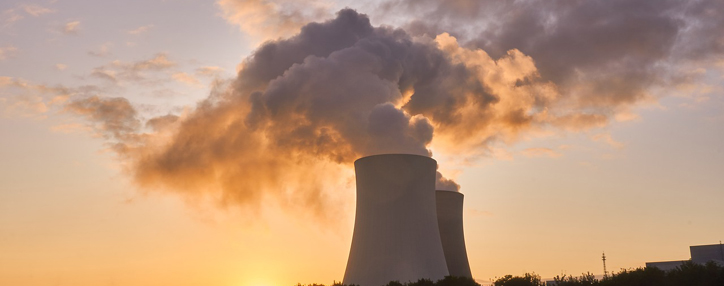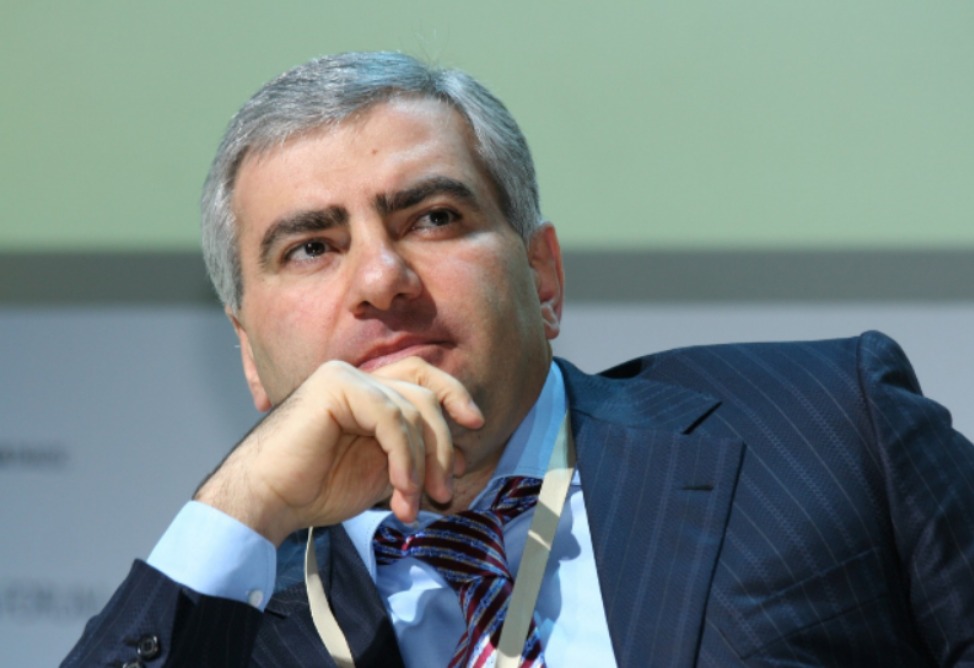Armenia studies three new NPP projects- Deputy Minister (EXCLUSIVE)

YEREVAN, September 5. /ARKA/. A government commission in Armenia is looking into three options for building a new nuclear power unit - a Russian, an American and a South Korean, Deputy Minister of Territorial Administration and Infrastructure Hakob Vardanyan told ARKA news agency in an exclusive interview.
He said no decision on a new nuclear power unit has been made yet because 'it is a very complicated and responsible decision, which should be thought out and many factors should be taken into account, such as capacity, flexibility, production cycles, operational costs, fuel supply issues and others."
According to him, the Russian side has already handed over to Armenia a preliminary feasibility study for building a a 1200 MW unit, while the feasibility studies of the American and South Korean options are also being examined.
"Once the study of all three options is completed, we will have to develop a specific feasibility study in relation to our power system, to assess the impact in terms of tariffs. We should not make a hasty decision, because the new unit will be the key engine of our economy," the deputy minister emphasized.
Peculiarities of the Russian unit
Vardanyan noted that the problem in the Russian option is its capacity -1200 MW – which is too big for Armenia's small energy system. He said this year there has not even a peak consumption of 1200 MW.
"If we choose the 1200 MW option, electricity will be very expensive. It will have a negative impact on the economy," the deputy minister explained. The positive side of the Russian option is that a unit of this type has been tested and installed at many plants in different countries.
Asked whether it is possible to order a smaller capacity unit in Russia, for example, 600 MW, Vardanyan said that such a project would be very expensive, probably not cheaper than a 1200 MW unit.
"Now our NPP has a capacity of 400 MW, with two turbine generators operating, which provides sufficient flexibility, and the capacity of even 600 MW is too large to ensure 100% flexibility of the energy system. So it's a moot point - will we be able to build a 600 MW unit into our energy system and will we be able to provide 100% flexibility?", the deputy minister asked.
In addition, there is the issue of availability of replacement capacity for periods when the nuclear plant will be shut down (for example, for annual preventive maintenance or in case of an emergency shutdown).
"All of these are technical questions that have not yet been reasonably answered," Vardanyan said.
U.S. Option
Vardanyan also outlined some of the options proposed by US colleagues. In particular, modular units of 77 MW each- 6 units for 462 MW in total, or 300 MW versions of light water-fired power units or boiling water reactors.
Among the options under consideration are units that have not yet been licensed. However, according to Vardanyan, this does not mean that it is risky, especially that the U.S. licensing authority is the strictest in the world.
The issue with this option is the timing, and it is necessary to decide "whether we are ready to wait for some time if we want an American unit". And, as the deputy minister noted, it should be taken into account that almost always the construction deadlines that are agreed upon with manufacturers are shifted, and this is a common world practice.
South Korea's options
Vardanyan also touched upon South Korean proposals. "This country currently has two unit options available - 1000 MW and 1400 MW, as well as the development of small modular variants, which are at the licensing stage; this process will last up to two years," he said.
Cost of the new NPP and sources of funding
"At the moment, serious calculations on the cost of the new nuclear power unit construction project have not been made; for this purpose, many factors need to be determined and compared," Vardanyan emphasized.
He noted that the cost will depend on the capacity of the nuclear power unit. "It is important what financial model we will choose - how much the specific capex, operating costs, fuel costs, the impact on the electricity tariff will cost," Vardanyan explained.
At the same time, he said that the sources of financing will depend on which country's project Armenia will choose.
"Various options are possible - either the state will be the owner, then a loan will be issued under state guarantees, or the state will determine the tariff and provide guarantees for the purchase of generated electricity. I think the tariff option is more reliable, because world practice shows that in absolutely all cases over 10 years of NPP construction the final cost exceeds the initial cost by about 20%. The reasons for this are inflation, geopolitical situation and other factors," the deputy minister emphasized.
The Armenian NPP, the only one in the South Caucasus region, is located near the town of Metsamor, about 30 km west of Yerevan. The plant accounts for about 40% of the total electricity generation. Its service life has been prolonged until 2026, and work on repeated prolongation for another 10 years is in progress.
In 2022, the Armenian government and Rusatom Overseas (a unit of Russian state atomic corporation) signed a MOU to look into construction of a new nuclear power unit in Armenia --0—



